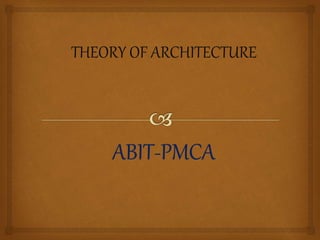Architecture is considered the most comprehensive of the arts as it assimilates elements of other art forms like painting, sculpture, music and poetry. It translates the beauties of these art forms into elegant buildings. Architecture creates functional spaces while sculpture creates objects, and paintings exist on two-dimensional surfaces. Historically, architects were expected to have broad knowledge of both art and science. Paintings, sculpture, and architecture can all provide insight into the people and era that produced them through how they depict personalities, likes, and lifestyle. These art forms often integrate with architecture through murals, statues, stained glass windows and other decorative elements.






















